The 10 Freeway, Explained: The Early ‘Flying Route’ That Changed LA Driving
[ad_1]
Freeways aren’t that cool — but the 10 gets kind of close because of its curious past.
It’s been in the news after the pallet fire and speedy recovery (although it’s still undergoing repairs), but now, let’s look at some of its pivotal growth spurts.
A brief history of the 10 Freeway
While it wasn’t always called the 10, the route has been around for a long time.
In the early 20th century, Los Angeles was experiencing rapid growth. More and more people were buying cars, and there was a hodgepodge of different types of roads, ranging from dirt roads to flashier paved routes where you could drive faster than on other streets.
Travelers could use these roads to get from point A to point B in L.A. a little faster, but it was still slightly chaotic. So by the 1930s, the city began planning for a more organized network of roadways, especially between commerce and urbanized areas.
Today the route of Interstate 10 stretches thousands of miles from Santa Monica all the way to Florida, but before all that concrete was laid out, what would become the 10 Freeway was a much smaller system of highways with different names and destinations.
Is it LA’s first freeway?

The Ramona Freeway was the earlier name for Interstate 10 and went from downtown Los Angeles to the San Bernardino County line. The Macy Street Bridge, shown here in 1943, went above the route.
Security Pacific National Bank Collection/Los Angles Public Library)
One of those upgraded routes was Ramona Boulevard, which opened in April 1935. It ran for four miles downtown under where the 10 is now, between Aliso Street and Garvey Avenue (ironically likely near where the pallets caught fire).
It created buzz because of its physical innovations — many of which would become central to the definition of a freeway.
Author Paul Haddad wrote that it was a roadway “with all the hallmarks of a freeway: separate grades, sloped embankments, and bridges replacing cross-traffic.”
(The person who coined the term ‘freeway’ — h/t Edward Bassett — saw it as different from other types of thoroughfares. A freeway wasn’t about scenic routes or open access, it was about controlled and quick movement, leading to a free flow of traffic.)
Whether or not it’s the first freeway isn’t an easy answer because Ramona Boulevard started with new nomenclature.
The L.A. Department of Transportation says the state called it an “airline route” because “motorists could ‘fly’ without intersectional conflict at 50 miles per hour.”
But then in 1943, eight years after opening, the county’s regional planning commission referred to this stretch as a freeway “conversion of an existing highway.”
It’s not all semantics, though. The commission did define a freeway as a route:
- exclusively for the movement of motor vehicles
- separated from other properties by barriers
- that prohibits going in and out
- with reasonably spaced out entries and exits
- with uninterrupted traffic flow that’s divided into two sides
The thing is, Ramona Boulevard had all the above except that last one — the dividing section between the two sides. So, it didn’t pass the “freeway” name test.
But ironically it proved how important a dividing section could be because of the number of accidents that happened without one: during its first 40 months, there were 77 injuries (including deaths) on Ramona Boulevard, according to LADOT history, mostly from head-on and sideswipe collisions.
To make it safer, a city traffic engineer asked the state to approve a “narrow guard rail design with lights atop” that would go in the middle. The interim measure worked, and since then all high-speed state highways use a raised median or barrier in the center.
While Ramona can’t technically claim the “first freeway” title because it didn’t have a divider between sides, we wouldn’t have sussed out what a freeway needs to be without it. A real chicken or the egg situation.
The upshot is that the title of L.A.’s first freeway officially goes to its neighbor, the 110, the Arroyo Seco Parkway which mostly opened in 1940 — Ramona was L.A.’s scrappy trial run.
A growing freeway system

The interchange of the Harbor, San Bernardino, Santa Ana and Hollywood freeways in May 1957.
(Clinton H. Betz
/
Los Angeles Photographers Collection/Clinton H. Betz Collection/Los Angles Public Library)
Through the 1940s, ’50s, and ’60s, coordinated state plans emerged to develop these routes and other thoroughfares, into a network of fast-paced freeways.
There was much back and forth between leaders about what freeway routes would exist, where they’d lead and how they’d be named. But eventually, crews broke ground on the newly named Santa Monica Freeway portion over the L.A. River in 1957. The eastern side near Alhambra, which used to be called Ramona Freeway, was already open and was renamed the San Bernardino Freeway in 1954.
A portion of the freeway was included in the interstate highway system in 1957, earning that recognizable I-10 number. Other sections were included under the 10 moniker later, in an honestly way too confusing way.
Growth came at a cost for those in the freeway’s path. The routes were put close to schools and residences, which Angelenos complained would impact people’s health over time. A west side section of the 10 also displaced thousands of residents, including folks who lived in the now bisected Sugar Hill neighborhood.
Innovations on the 10

Newly installed traffic condition information sign on the Santa Monica Freeway in 1973. This was a test message.
Security Pacific National Bank Collection/Los Angles Public Library)
The 10 Freeway brought other big innovations to L.A., such as electronic message boards.

Citizens Against the diamond lane picket Gov. Brown’s presidential campaign headquarters at 4055 Wilshire Blvd. demanding he review the experiment with an eye toward ending it on May 16, 1976.
(Mike Mullen
/
Herald Examiner Collection/Los Angles Public Library)
According to Haddad, the new boards pointed drivers to another innovation: the diamond lane. Essentially a carpool lane, it ended up a flop. Drivers hated it because it took over an existing freeway lane and you could only use it if you had three or more people in your car. The dislike was so strong that the woman behind the lane received “sexist taunts and death threats,” according to Haddad.
Sexism in engineering would have to take another back seat, though. Marilyn Reece, designer of the 10 and 405 interchange, was the first woman engineer registered in California, and Caltrans dedicated this junction to her in 2008.
According to Haddad, the 10 is also the first to use white letters on green signs and turnouts for the California Highway Patrol to clear accidents.
What questions do you have about how L.A. works?
Caitlin Hernández explains what makes L.A. tick so that you can navigate our complicated city. If you’ve ever asked yourself, “Why is this like this and not like that? How does that work? Does it actually work?” then they want to hear from you. Share your question below.
[ad_2]
Read More:The 10 Freeway, Explained: The Early ‘Flying Route’ That Changed LA Driving

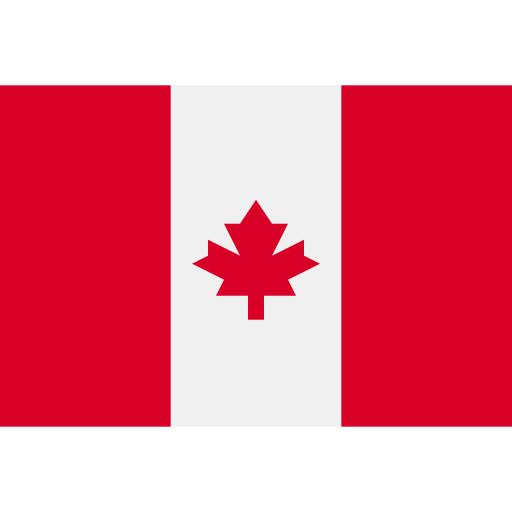 Canada
Canada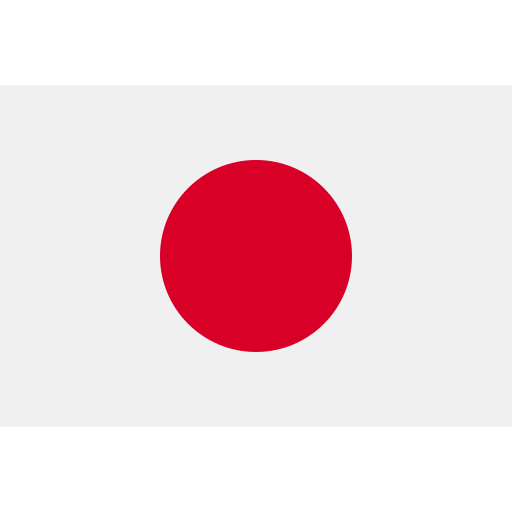 Japan
Japan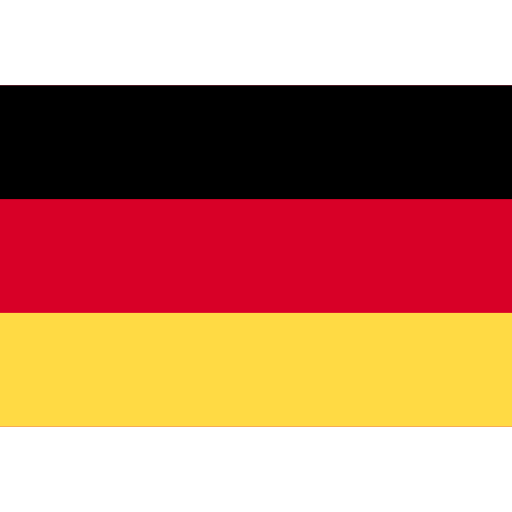 Germany
Germany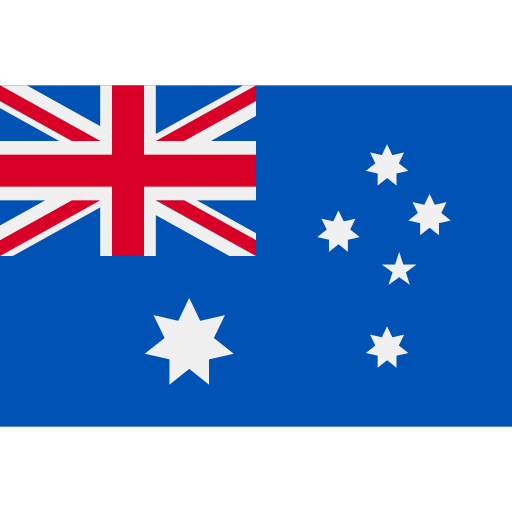 Australia
Australia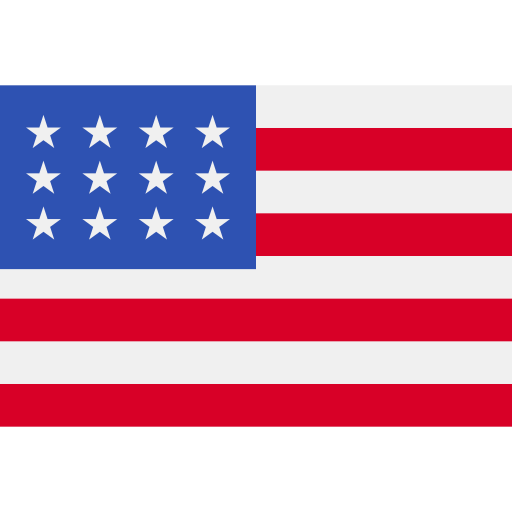 United States
United States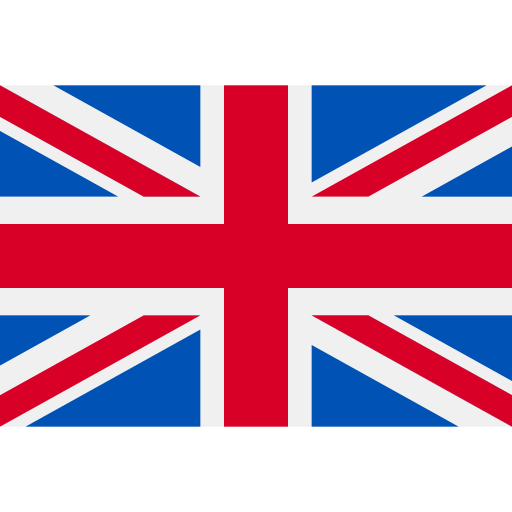 United Kingdom
United Kingdom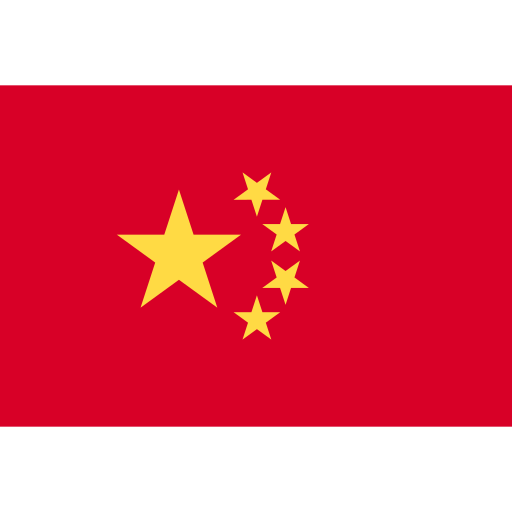 China
China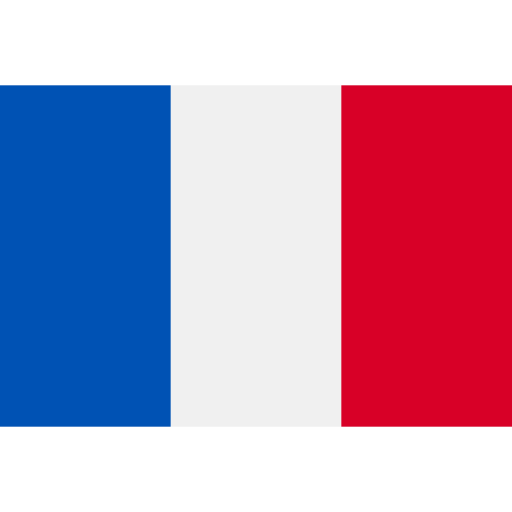 France
France Ukraine
Ukraine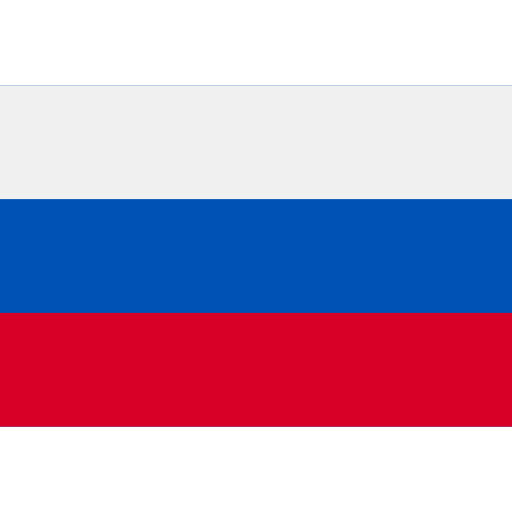 Russia
Russia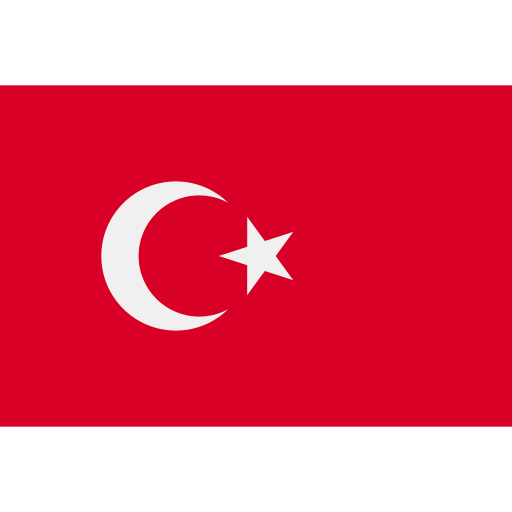 Turkey
Turkey
Comments are closed.